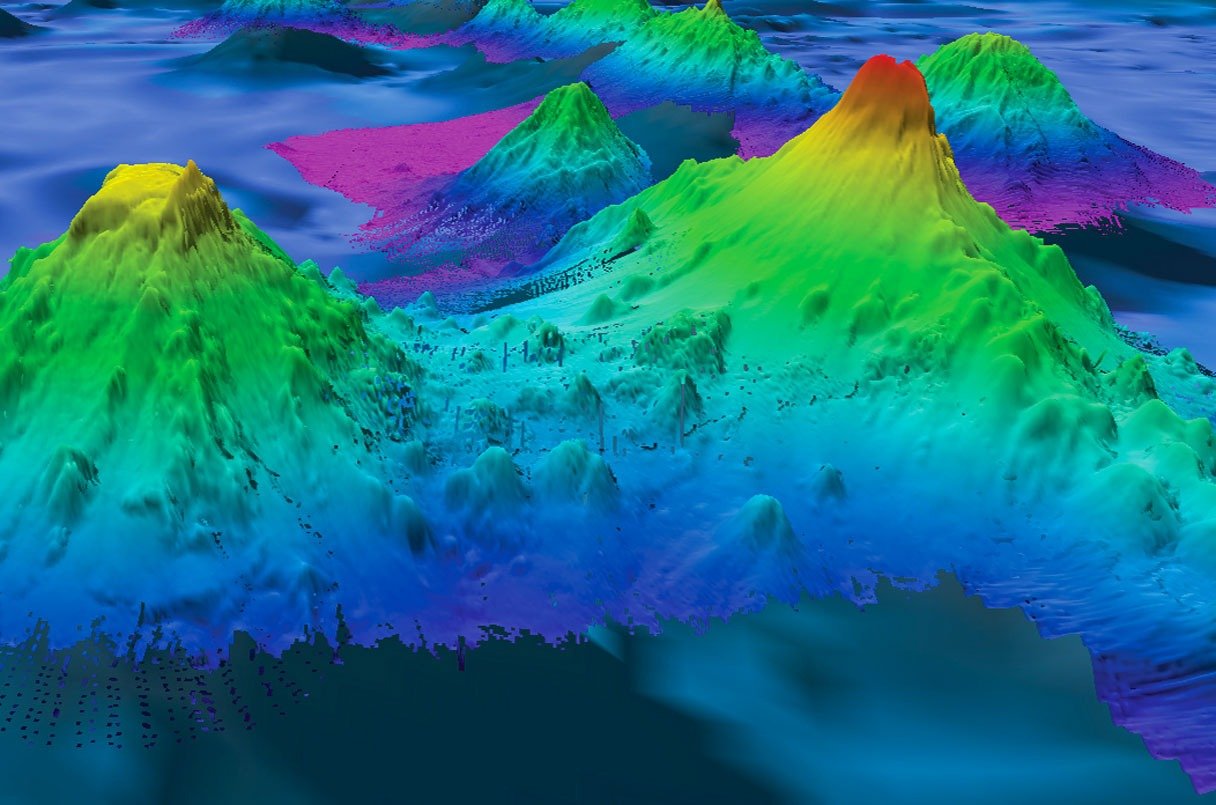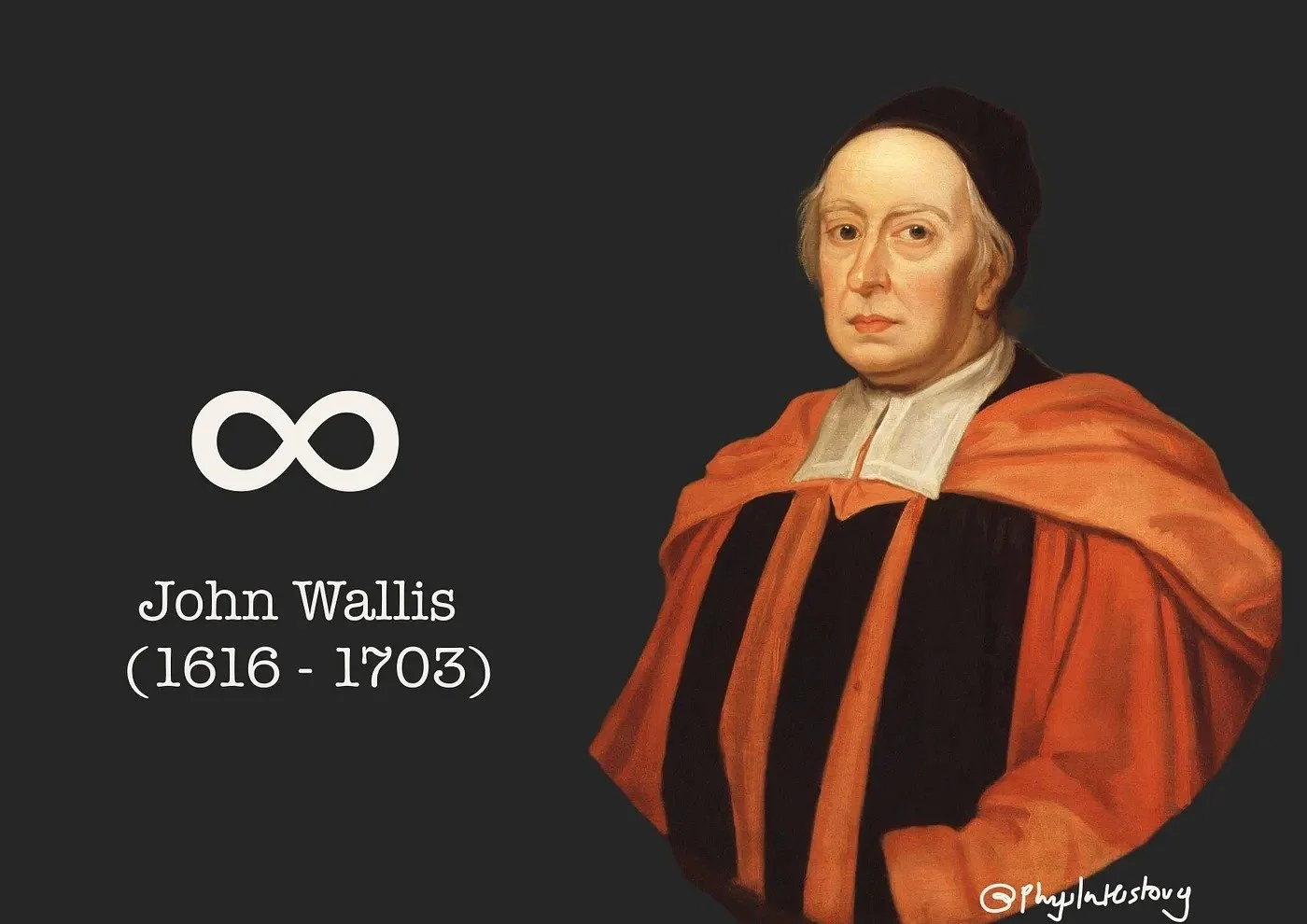
Repost: Eliezer Yudkowsky, "The Fallacy of Gray"
“Everything is shades of gray, but there are shades of gray so light as to be very nearly white, and shades of gray so dark as to be very nearly black. Or even if not, we can still compare shades, and say “it is darker” or “it is lighter.””

Repost: Roee Goldberg, "Barack Obama Pinpointed Online Toxicity As A Major Threat To..."
“But, as many commenters have pointed out and academic studies have shown, trying to eliminate hateful speech by removing individual actors or groups rarely has the intended effect.”

Repost: Matt Reynolds (Wired), "You’re Allergic to the Modern World"
Are allergies caused by toxins, climate change, hate for our mothers or something else? Read this Wired post to not get a straight answer.

Repost: Max More, "Who are the Experts on Cryonics?"
“We must face the fact that experts – even the best experts we can find – are often wrong or biased”

Repost: Paul Voosen, "'It’s just mind boggling.' More than 19,000 undersea volcanoes discovered"
With only one-quarter of the sea floor mapped with sonar, it is impossible to know how many seamounts exist… The vast majority—more than 27,000—remain uncharted by sonar.

Repost: Brooke Houghton, "Someone In Toronto Asked Me Out IRL..."
“Seeing how someone acts in real-time — and when they don't have the opportunity to curate or edit themselves — creates a much more authentic interaction."

Defending Eurovision's Cha Cha Cha
Finnish group Käärijä was undoubtedly the fan favorite. The public vote confirmed what we all knew. Everytime they got on, the crowds cheered. Even when I make a first edit of this, I hear my neighbor singing it.

Repost: Philip Ball, "A New Idea for How to Assemble Life"
“assembly theory provides a consistent and mathematically precise account of the apparent historical contingency of how things get made — why, for example, you can’t develop rockets until you first have multicellular life, then humans, and then civilization and science. There is a particular order in which objects can appear.”

Repost: Sunny Labh, "Tracing the Origins of Mathematical Symbols: =, +, -, ×, ÷, √, ∞, π, Σ, ∫, f(x)"
It was in 1557 when the Welsh mathematician Robert Recorde who introduced the equal sign. In “The Whetstone of Witte,” Recorde explainedhis choice of two parallel lines to represent equality, as “nothing could be more equal.” The symbol has since become universally recognized.
